42+ Sample Procurement Plan
-
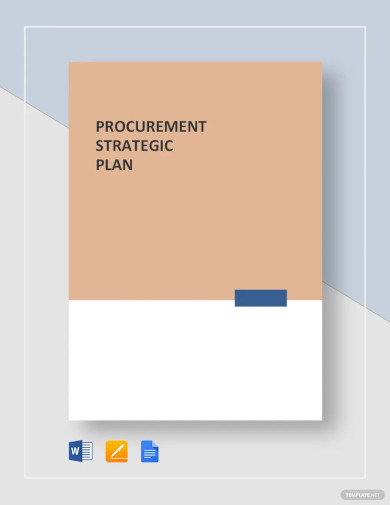
Procurement Strategic Plan Template
download now -
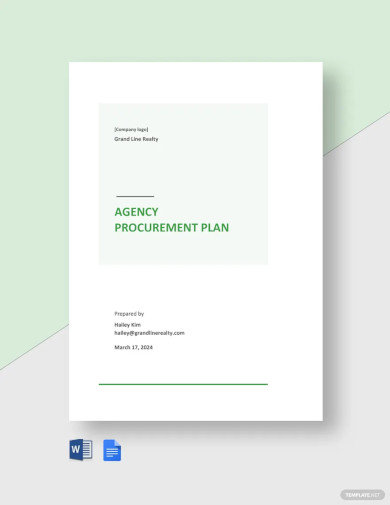
Agency Procurement Plan Template
download now -
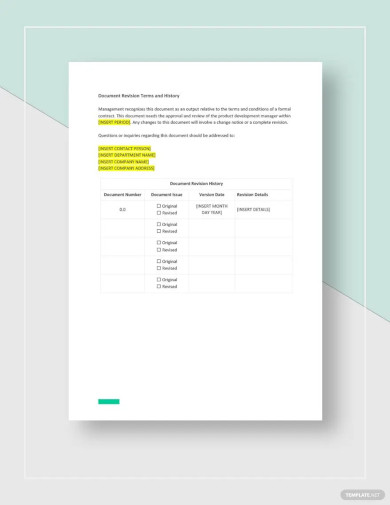
Procurement Management Plan Template
download now -
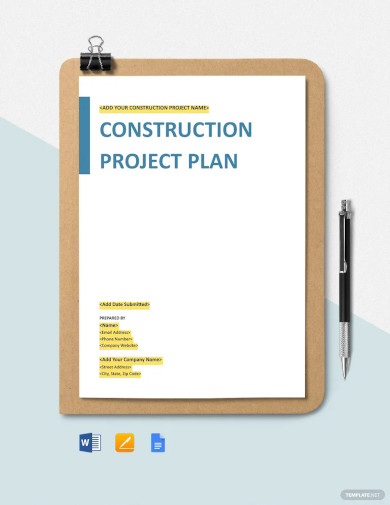
Construction Procurement Management Plan Template
download now -
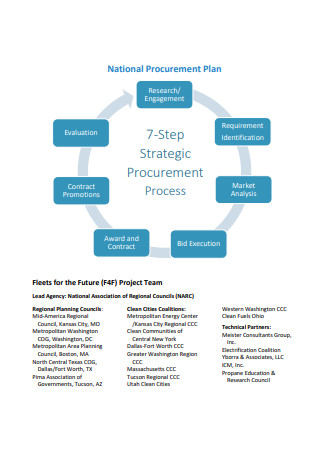
National Procurement Plan
download now -
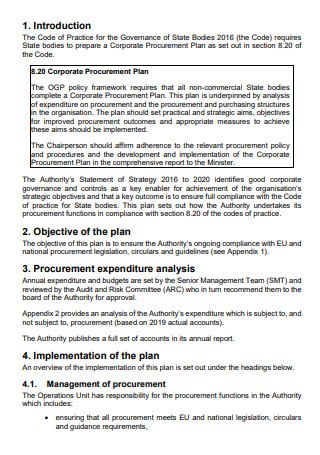
Corporate Procurement Plan
download now -
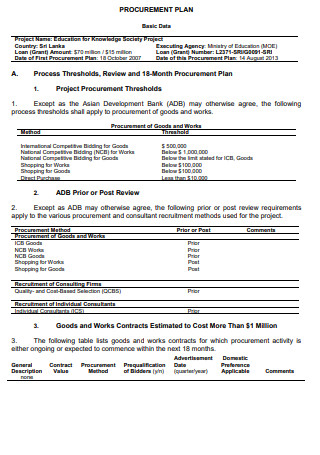
Basic Data Procurement Plan
download now -
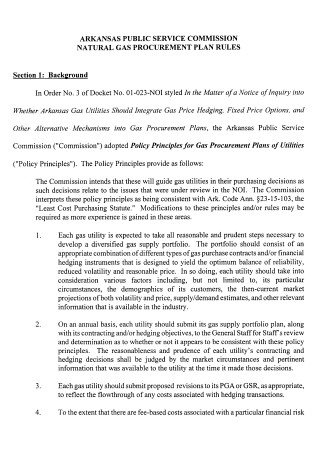
Natural Gas Procurement Plan
download now -
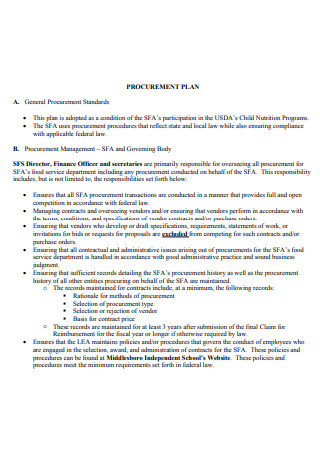
Standard Procurement Plan
download now -
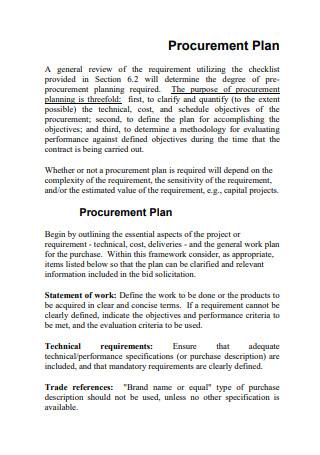
Sample Procurement Plan
download now -
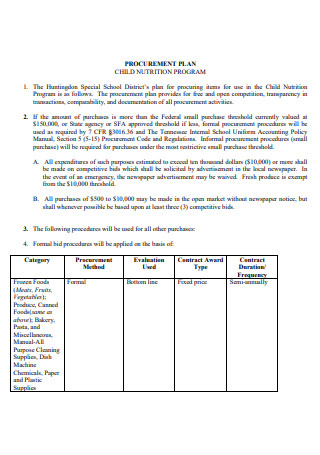
Child Nutrition Program Procurement Plan
download now -
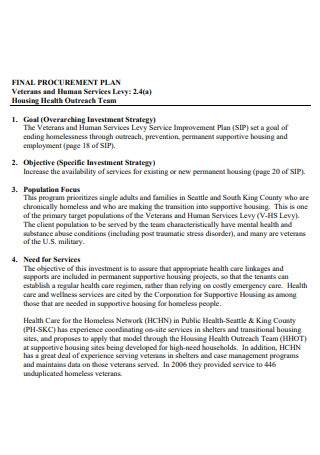
Final Procurement Plan
download now -
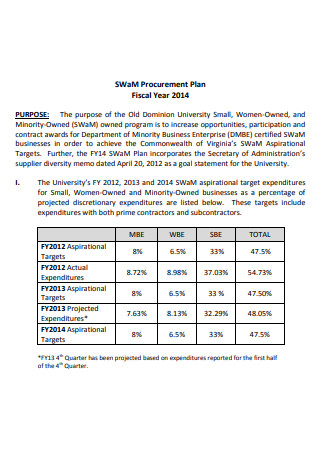
Procurement Plan Example
download now -
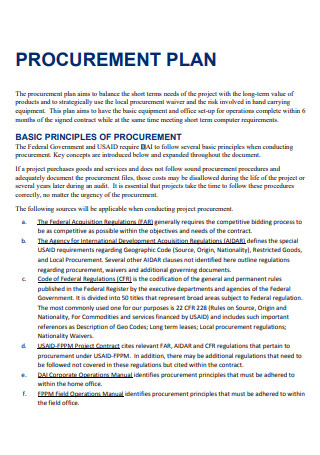
Formal Procurement Plan
download now -
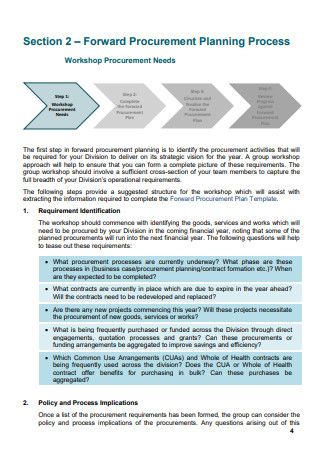
Forward Procurement Planning
download now -
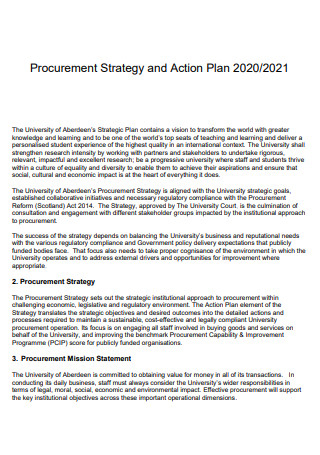
Procurement Strategy and Action Plan
download now -
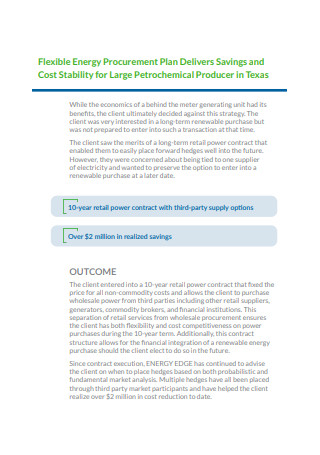
Flexible Energy Procurement Plan
download now -
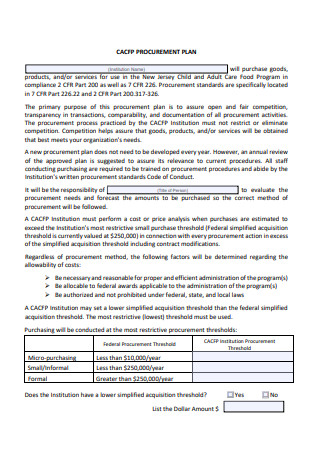
Child and Adult Care Food Program Procurement Plan
download now -
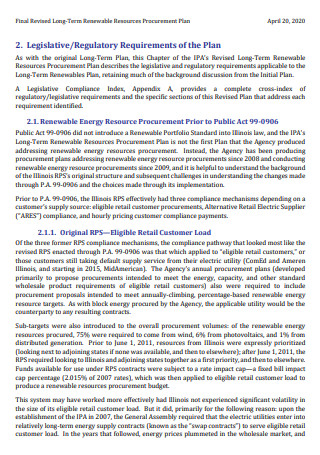
Renewable Resources Procurement Plan
download now -
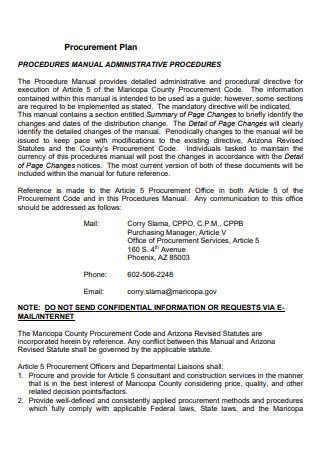
Procurement Plan in PDF
download now -
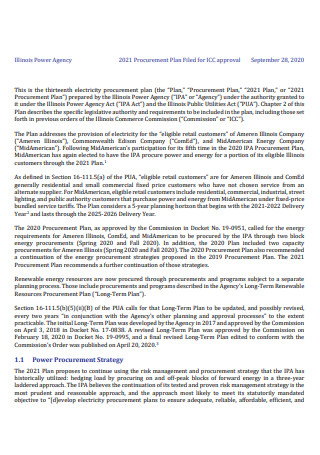
Power Agency Procurement Plan
download now -
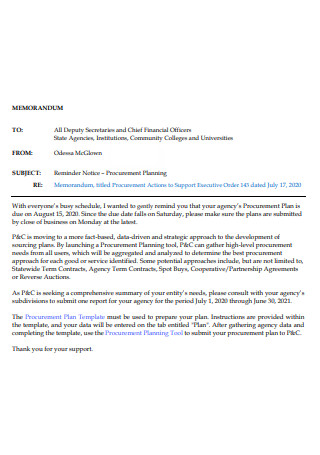
Procurement Planning Memorandum
download now -
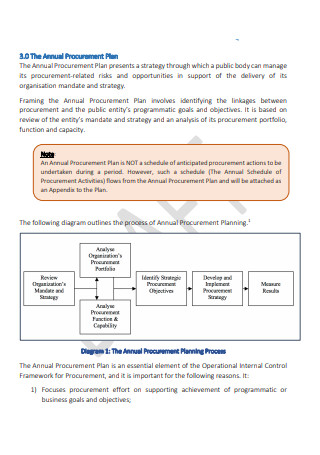
Annual Procurement Plan
download now -
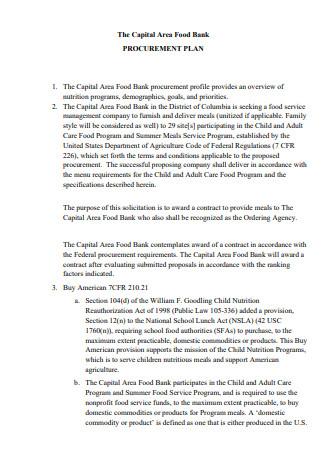
Food Bank Procurement Plan
download now -
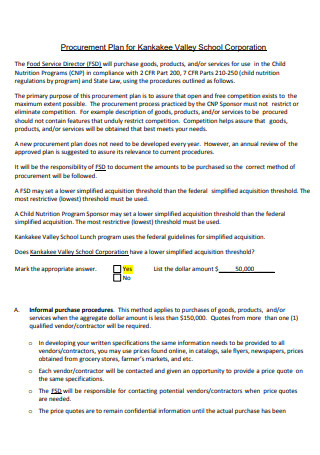
Procurement Plan For School Corporation
download now -
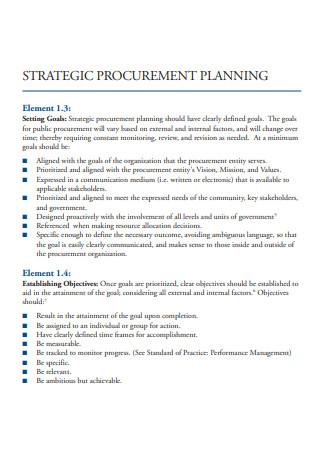
Strategic Procurement Planning
download now -
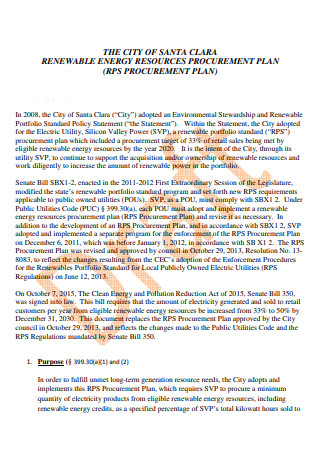
Draft Procurement Plan
download now -
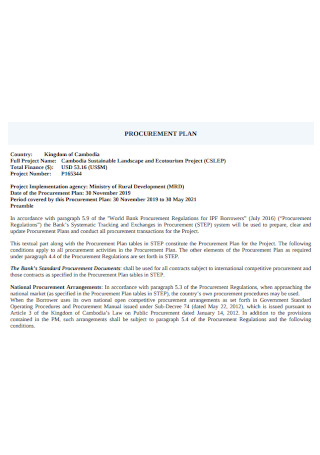
Simple Procurement Plan
download now -
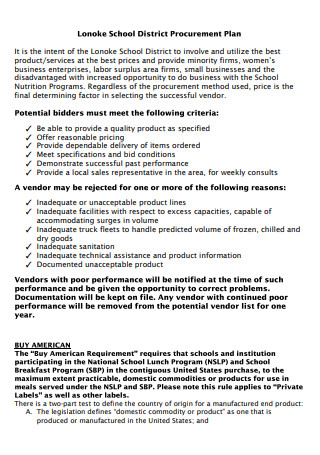
School District Procurement Plan
download now -
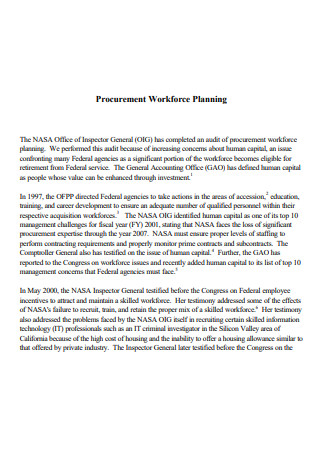
Procurement Workforce Planning
download now -
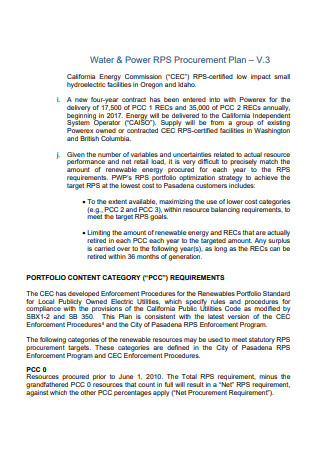
Water and Power Procurement Plan
download now -
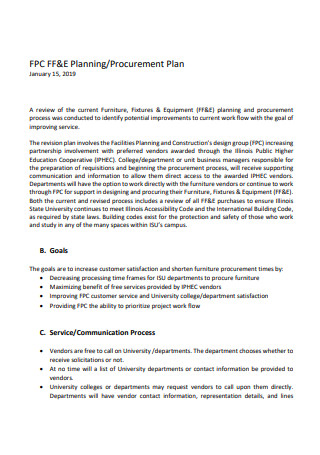
Procurement Plan Template
download now -
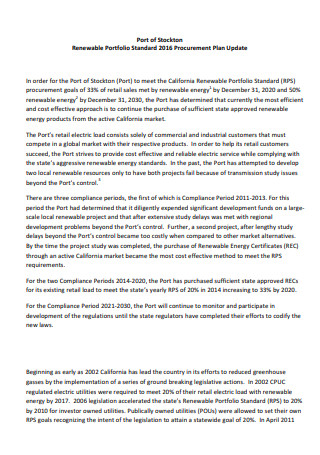
Procurement Plan Update
download now -
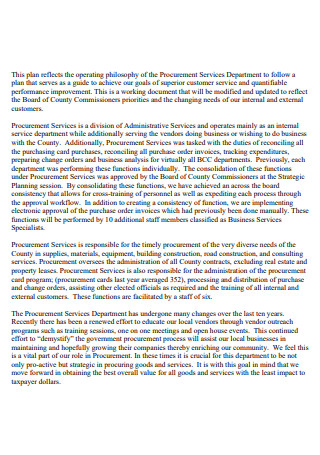
Procurement Services Business Plan
download now -
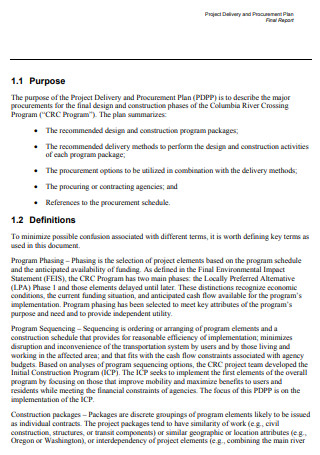
Project Procurement Plan
download now -
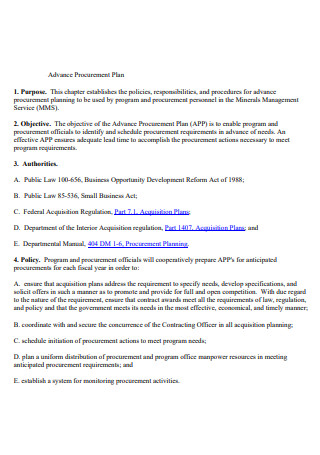
Advance Procurement Plan
download now -
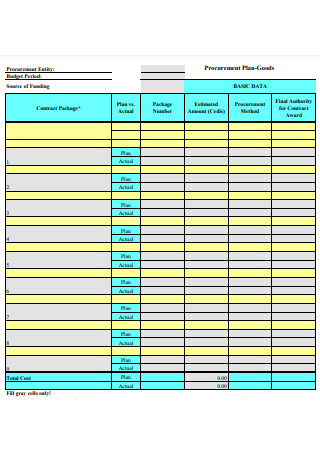
Goods Procurement Plan
download now -
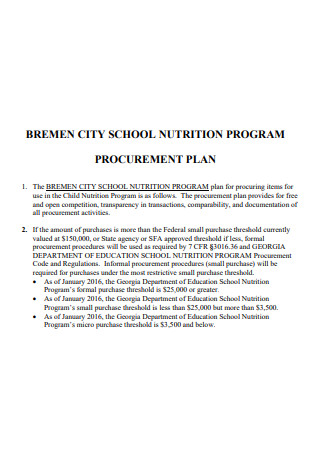
School Nutrition Program Procurement Plan
download now -
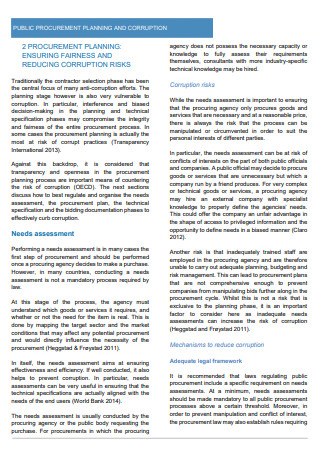
Public Procurement Planning and Corruption
download now -
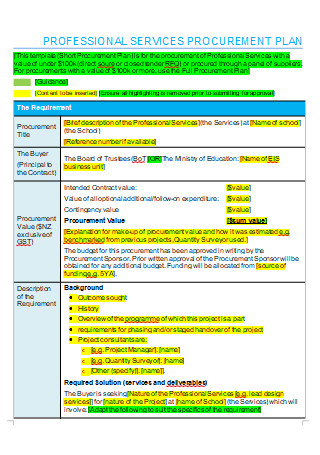
Professional Services Procurement Plan
download now -
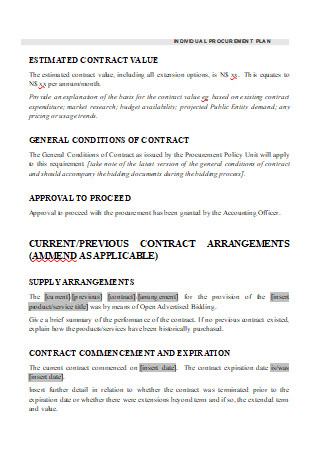
Individual Procurement Plan
download now -
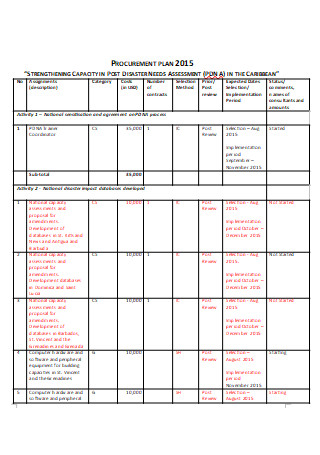
Procurement Plan in DOC
download now -
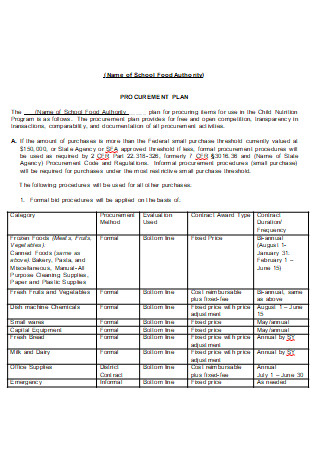
School Food Authority Procurement Plan
download now
FREE Procurement Plan s to Download
42+ Sample Procurement Plan
What Is a Procurement Plan?
Components of a Procurement Plan
Types of Procurement Contracts
How to Create a Procurement Plan
FAQs
What makes a procurement plan important for businesses?
What are the possible consequences due to the lack of procurement planning?
How do bids relate to procurement plans?
Why is it necessary to use the correct type of procurement contract?
What Is a Procurement Plan?
A procurement plan, also termed a procurement management plan, refers to a document detailing processes of finding and selecting products, services, or results through outsourcing. It holds the purchase framework for the company’s next project. It serves as the management’s guide in managing procured products such as goods, services, or supplies throughout the timeline of a project, with updates on changes as the project goes along. The procurement plan justifies the need for an external source and describes what processes follow in searching for supplies, from identifying project requirements until the fulfillment of the contract. It also distinguishes which items must be obtained by the company, contracts that support the project accomplishment, approval processes, and the criteria for the decision making. The proper use of a procurement plan lowers overall costs for materials or services and supports a smoother business plan operation.
According to the annual statistical report on UN procurement collated by the United Nations Global Marketplace (UNGC), the 39 organizations used as sources record a cumulative amount of 19.9 billion US dollars in the procurement of goods and services. These organizations increased their procurement by 1.1 billion US dollars, 5.5 percent from 2018.
Components of a Procurement Plan
A procurement plan is an essential document describing the requirements and sample strategy of procurement by an organization about a program or project. It must detail what and when to obtain resources, as well as the sources of these materials. It must also define and explain the quality standard of effective procurement activity. Below are the components of a procurement plan that must be present in your document.
Types of Procurement Contracts
There are various types of contracts that an organization can use when procuring goods and services. Each type has its benefits and disadvantages, so project managers must show awareness of which ones to use. Below are the commonly used procurement contracts you can use to obtain products or services from vendors.
How to Create a Procurement Plan
Procurement plans are unique and depend on the type of contract and specifications required by the hiring party. The creation of these plans is through a step-by-step process identifying the various components of the procurement process. By creating a dependable procurement plan and being knowledgeable of the following steps below, implementing project managers understand their roles better.
Step 1: Identify Roles and Responsibilities Distinctly
The initial step to creating any procurement plan is to guarantee that the parties engaged in the process understand their respective responsibilities and scope of work. The procurement management plan must precisely identify and define the roles of the individuals within the project, including the project managers, corporate executives, and contract managers. It must also declare and determine the boundaries of each of these functions to reduce the overlapping of responsibilities.
Step 2: Create an Estimate of the Schedule
The procurement management plan must also identify and contain scheduling details to guarantee that the processes are complete within the estimated period. It is also helpful to create a plan that breaks down the projects into particular tasks and timeframes with corresponding start dates and supposed end dates.
Step 3: Identify and Mitigate Risks Through Proper Management
In every project, program, and task, risks are inevitable. It is difficult to recognize them as they lie latent in procurement processes until they come to light. It is why it is beneficial for a procurement plan to understand the possible risks and create a simple project list that details them. Upon the completion of the list, you can now identify ways to mitigate them. It is also helpful to assign an individual for specific teams to mediate these risks.
Step 4: Determine the Budget
Determining costs is a crucial step in creating a procurement plan as it directly affects determining the project plan budget. This step of the procurement process includes issuing a request for a proposal (RFP) that allows vendors to propose bids for their products or services. The RFPs purpose covers the demanding scheduling dates and details on the vendors’ work arrangements, previous experience, and projects. The hiring party must obtain these facts to make the best possible decision to secure the project.
Step 5: Establish the Criteria, Approval Workflow and Vendor Management
A part of the procurement plan must outline the approval workflow for various contracts. It details which elements are necessary before the final approval, including the proposal reviews and cost analysis. A detailed workflow ascertains that each contract undergoes a thorough investigation before the approval stage. The decision criteria must be present in the plan for vendors to comprehend the standards for their designated contracts. The guidelines must indicate the vendor’s capability to follow a given schedule, along with the quality of the products and services provided. The plan must also specify necessary procedures and etiquettes to manage involved vendors. Through it, businesses assure that vendors deliver acceptable goods and services within a determined timeline. It can also identify methods for processing invoices, status reports, and timesheet approvals.
Step 6: Final Review and Approval Process
Finally, the procurement management plan must explain the processes for reviewing and approving modifications in the procurement documents. Inclusion of these processes guarantees that any justifiable change and amendment gets approval.
FAQs
What makes a procurement plan important for businesses?
A well-written procurement plan saves money and time, and at the same time, increases organizational compliance. The procurement plan must be on fact-based information to manage the procurement needs of the company effectively. It serves as a requirement for the successful implementation of projects. It also limits the extent of disagreement through acknowledged procurement procedures and enhances transparency and predictability. The procurement plan also gives a secure basis for monitoring and ensures efficient and effective budget management through consistent procurement activities based on the business’ needs and resources.
What are the possible consequences due to the lack of procurement planning?
The lack of procurement planning causes delays in project implementations due to inconsistent or incomplete planning. It can also produce inappropriate procurements that the company does not need costing resources, money, and time. There is also a possibility of using unsuitable procurement methods and procedures that can significantly impact the business, especially if these processes are unlawful. The lack of procurement planning also proves to increase project or production costs relating to the project.
How do bids relate to procurement plans?
The bidding process in the procurement plan selects a vendor for a subcontract project or purchasing products and services required to utilize the program. The bid records or list contain specifications for a project or details of the product or service concerning purchasing and also carries a possible vendor contact list.
Why is it necessary to use the correct type of procurement contract?
The use of the correct type of procurement contact is critical to the success of any project. It is imperative to understand the nuances of each classification as they bring about advantages and disadvantages to the project. The project managers and the procurement experts stay updated on the availability of various contracts. It is advantageous for them to know when and what to use to ensure the successful execution of projects. The procurement contracts describe the basics of each bid for a particular project, and mistakenly using the wrong contract will cost the organization more money and resources in the long run.
Procurement covers plenty of facets, and the company needs to create a procurement plan that helps make a project successful. Procurement plans detail every aspect of the procurement process and serve as the management’s guide to managing the procured products or services from a potential vendor. It helps the company to prepare, solicit, and process payment from various sources. A procurement plan generally helps the company to manage its resources accordingly. In the words of Benjamin Franklin, “By failing to prepare, you are preparing to fail.”. It is necessary to give a thorough process of planning, especially in business decisions. Check out the available procurement plan samples above and be ready for your organization’s next big project.
